 您的购物车当前为空
您的购物车当前为空
Bimoclomol
一键复制产品信息别名 氯吡哌醇
Bimoclomol is a heat shock protein co-inducer used for the research of cardiovascular diseases.
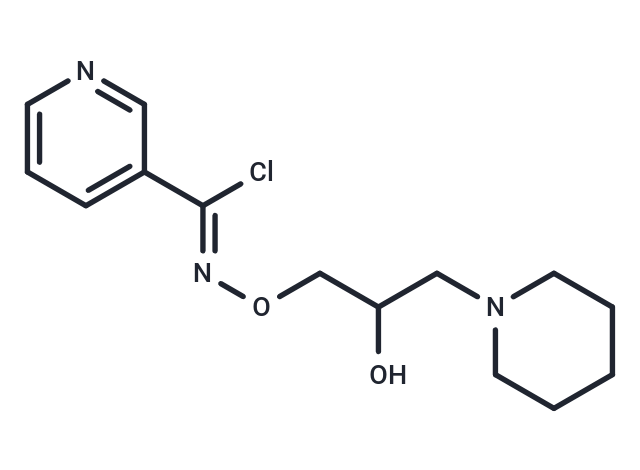
Bimoclomol
一键复制产品信息Bimoclomol is a heat shock protein co-inducer used for the research of cardiovascular diseases.
| 规格 | 价格 | 库存 | 数量 |
|---|---|---|---|
| 2 mg | 待询 | 5日内发货 | |
| 25 mg | 待询 | 6-8周 | |
| 50 mg | 待询 | 6-8周 | |
| 100 mg | 待询 | 6-8周 |
Bimoclomol 相关产品
产品介绍
| 产品描述 | Bimoclomol is a heat shock protein co-inducer used for the research of cardiovascular diseases. |
| 体外活性 | Bimoclomol significantly increases LVDP and CO, but it decreases LVEDP under ischemic conditions. Bimoclomol (40 μM) significantly increases coronary flow (CF) in the period of normoxic perfusion (before ischemia). Bimoclomol displays a biphasic effect on the rate of relaxation. Bimoclomol (>10 μM) causes concentration-dependent vasorelaxation (EC50: 214 μM). Bimoclomol (100 μM) induces vasorelaxation also against 20 mM KCl. However, bimoclomol fails to relax preparations precontracted with serotonin, PGF2, or angiotensin II [1]. Bimoclomol does not affect the stability of Hsp70 or its mRNA. Bimoclomol co-induces Hsp expression via the prolonged activation of the HSF-1. The effects of bimoclomol are abolished in cells from mice lacking HSF-1. Furthermore, bimoclomol can bind to HSF-1 and induce a prolonged binding of HSF-1 to the respective DNA elements [2]. Bimoclomol (0.1, 1, and 10 μM) improves cell survival of rat neonatal cardiomyocytes compared to vehicle-treated cells. Bimoclomol (0.01 to 10 μM) significantly elevates HSP70 levels, based on the time of exposure. Pretreatment with bimoclomol for 24 h significantly increases the survival of cells [3]. |
| 体内活性 | In anesthetized dogs, Bimoclomol (1 and 5 mg/kg) decreases the ST-segment elevation induced by coronary occlusion by 56% and 80%, respectively [1]. |
| 别名 | 氯吡哌醇 |
| 分子量 | 297.78 |
| 分子式 | C14H20ClN3O2 |
| CAS No. | 130493-03-7 |
| 密度 | 1.27g/cm3 |
| 存储 | Powder: -20°C for 3 years | In solvent: -80°C for 1 year | Shipping with blue ice/Shipping at ambient temperature. |


















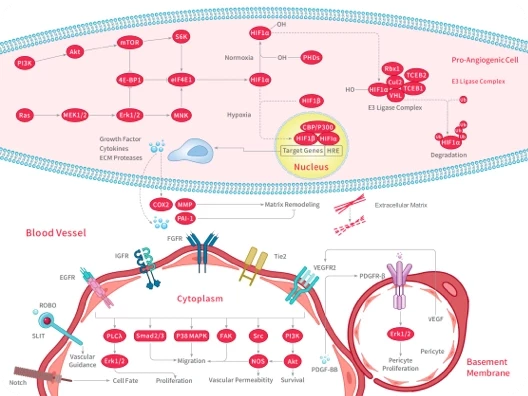

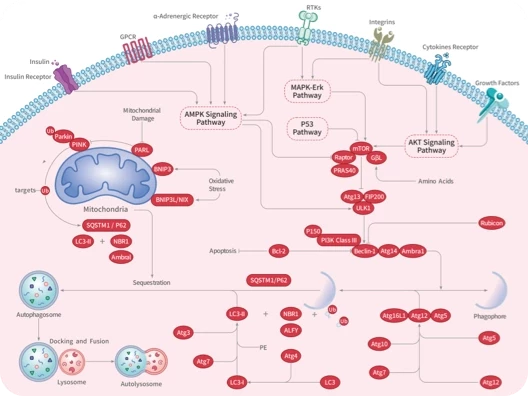

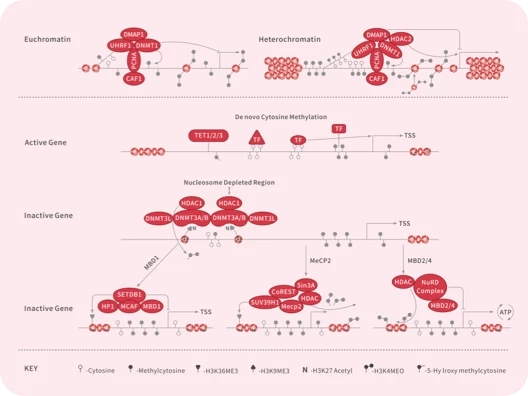
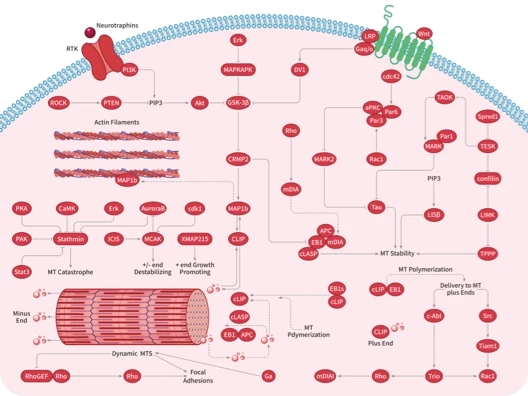
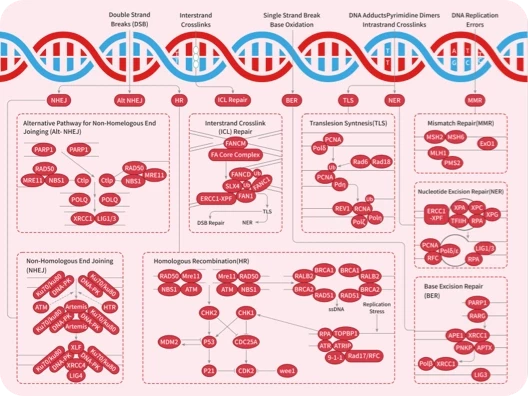
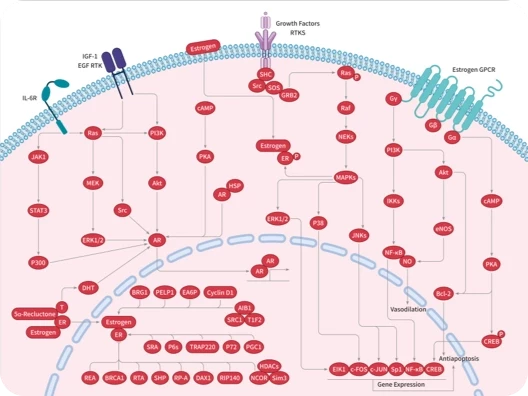
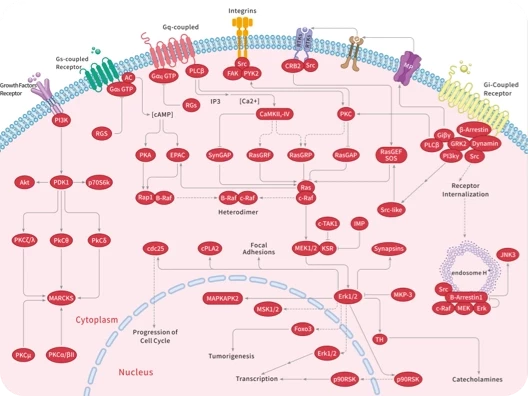
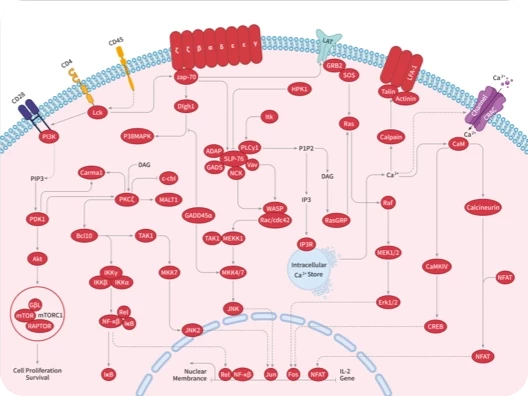
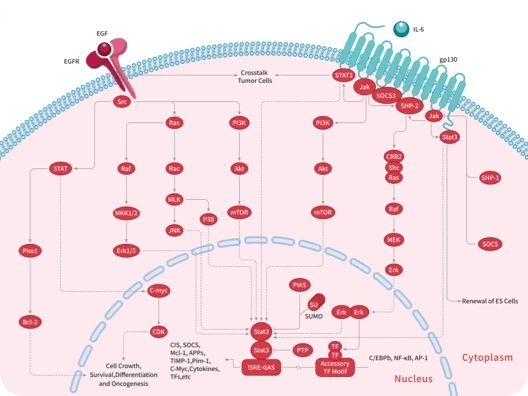
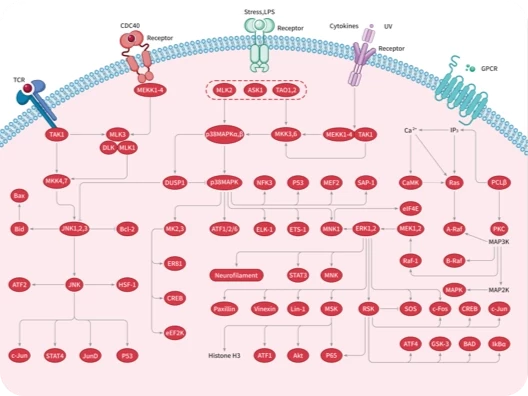
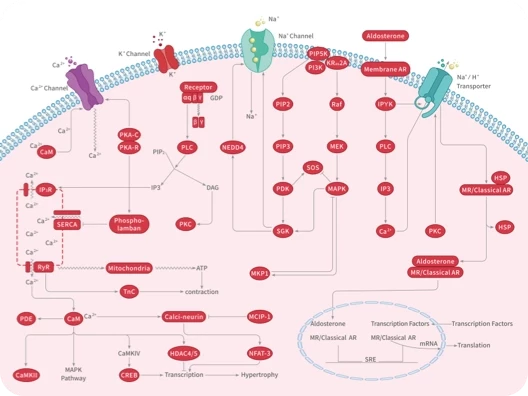
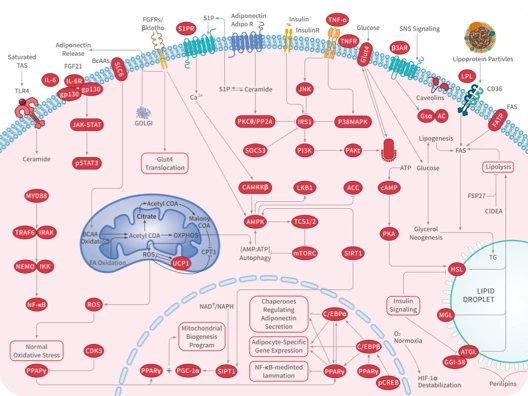


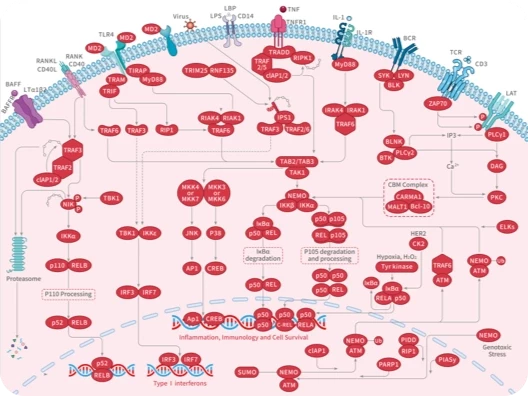
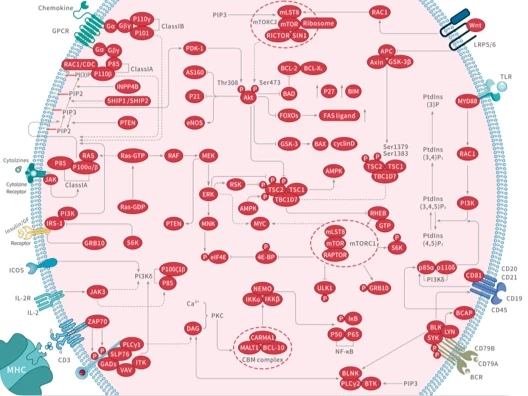
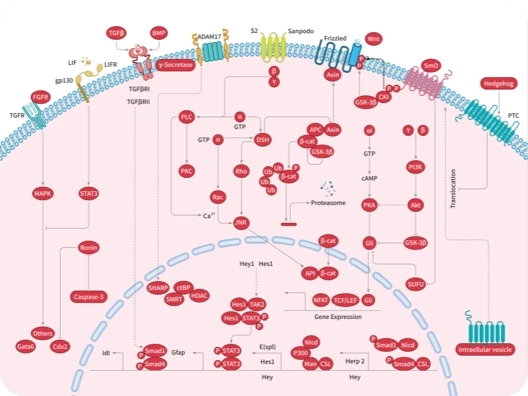
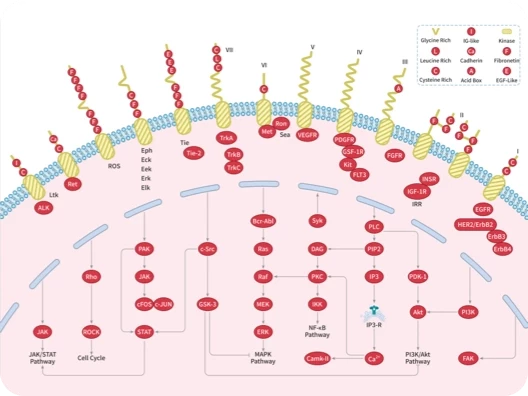
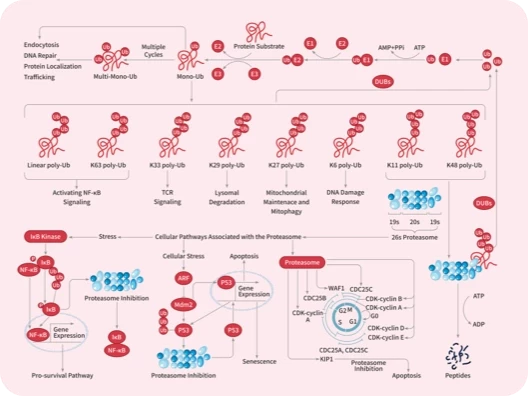


 还可以
还可以

 |
|
评论内容